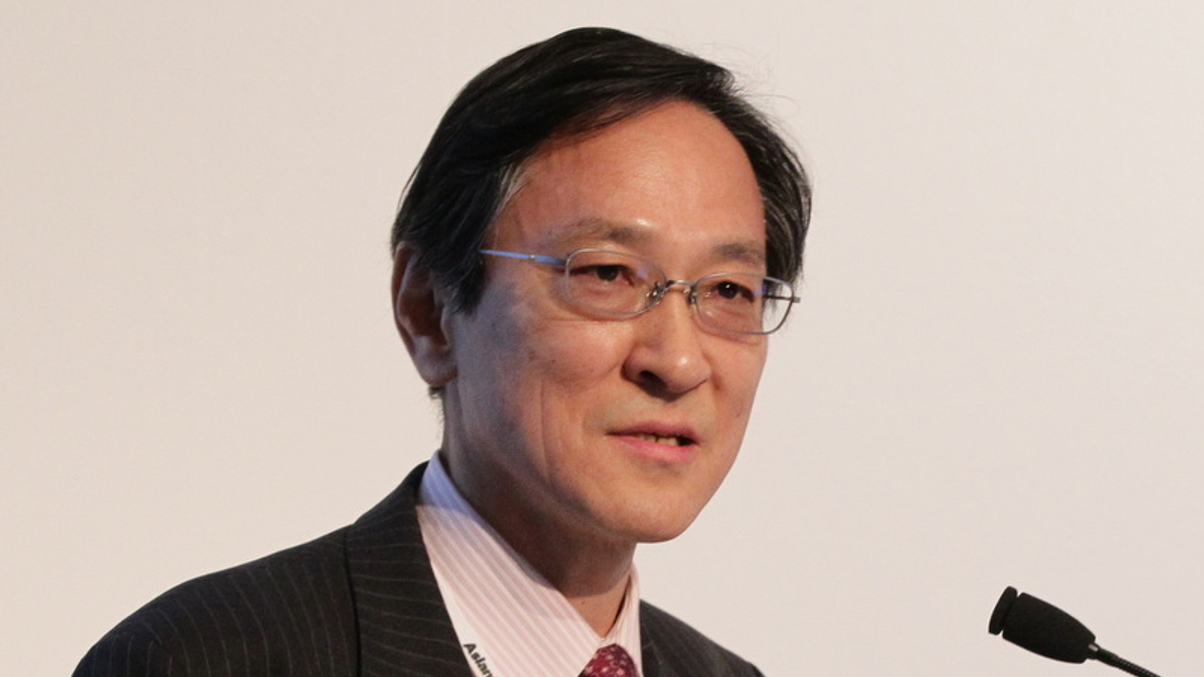Trimming risk
Daisuke Hamaguchi, chief investment officer, Pension Fund Association

The predecessor of Japan’s Pension Fund Association (PFA) was set up in 1967as a federation of employees’ pension funds. In its current guise PFA came into being in 2005.
Sign In to Your Account
Access Exclusive AsianInvestor Content!
Please sign in to your subscription to unlock full access to our premium AI resources.
Free Registration & 7-Day Trial
Register now to enjoy a 7-day free trial—no registration fees required. Click the link to get started.
Note: This free trial is a one-time offer.
¬ Haymarket Media Limited. All rights reserved.


